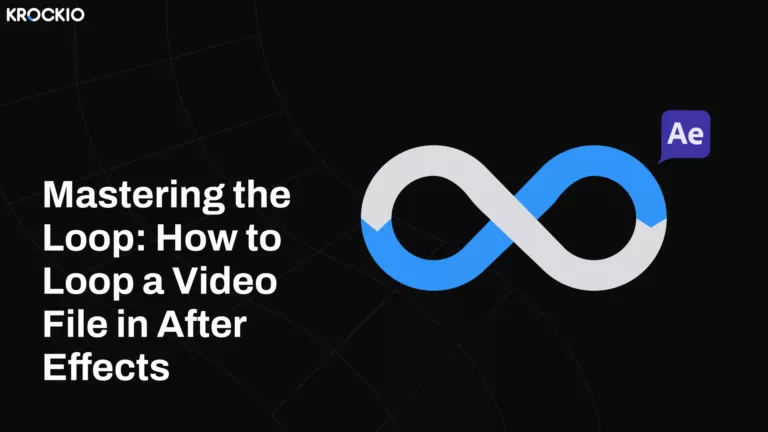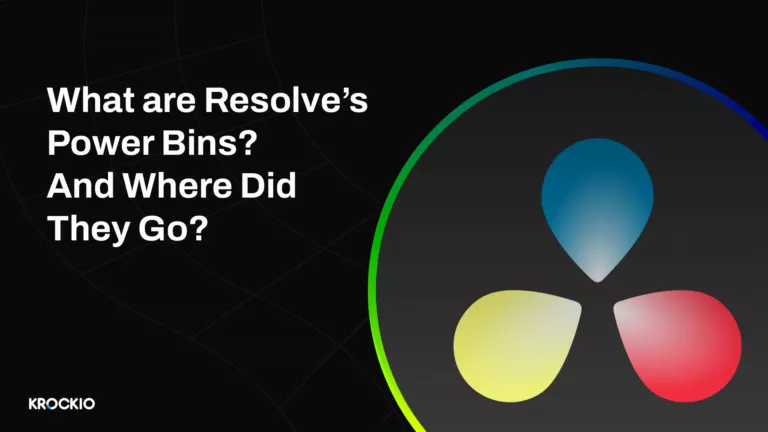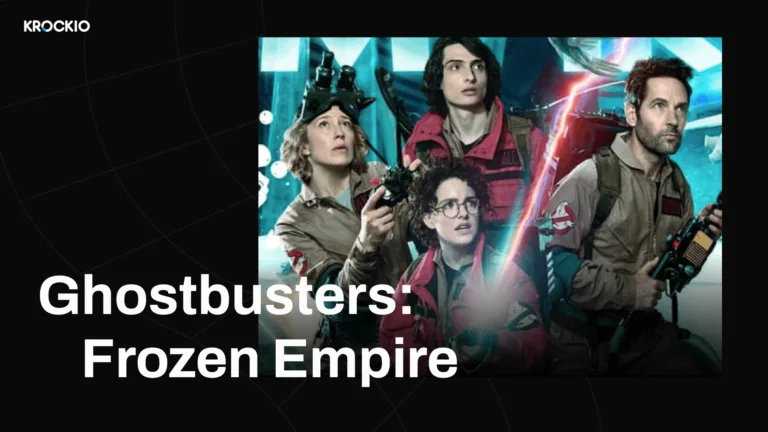Basically, the most painful part of each project is the final stage—when you need to have it reviewed and approved. Whether inside your company or by the customer. One comment, one “yes” or “no” is like the final gesture of the emperor—it can either bring relief to the whole team who worked on the project, or activate the process of editing till the final result fits the initial requirements.
One of the methods used today to make sure this last stage is easy and fast is collaboration on the project—when all team members are involved in its realization throughout the whole process—not only at their expert stages. But today we are going to talk about another tricky thing about content review and approval—its essence.
For most teams, it goes without saying that it’s an integral part of creative project management to review and approve project content. Yes, this task can be controlled and monitored by the Project Manager, but it is a far more complicated issue.
Concentration on Updates
Usually, each team, whether it’s a separate creative or web agency, or just a company department, uses a particular set of online tools to improve the speed and quality of their work and communication. Mindmaps & roadmaps, timelines and time trackers, project management software & cloud services—modern digital solutions for better results. But quite often, all those online tools miss the functional feature of direct file editing instead of just managing them (attachments, media materials, links, documents, you name it!).
You go to the service to check the progress of the task or project or follow the link from the notification to check for new comments or statuses. Then you start looking for attached files and more links, then open documents or media, then edit them, then comment on edits and notify those they are meant for.
Even the way you understand, there is some discomfort in this process that sometimes causes a mess, stress & even delays. That’s why the more time passes, more requests by experts come to use online proofing and editing tools. They let you track the whole process of working on the file dynamically with instant comments, notes, and a history of edits and changes—no screenshots needed!
What do you win by changing your approach to reviewing and approving created content?
- brand consistency
- concentration on crucial objectives and goals
- prompt & essential feedback
- no mistakes
- team growth & proficiency
- saved time & met deadlines
Content review team. Who’s there?
There are different experts involved in the process of content review and approval. When using a collaborative approach, they actively participate or carefully follow the whole process of content creation in order to make prompt comments and edits and make sure the final result is just as it is supposed to be. But even if you follow another approach when working on your content, you still have the following experts involved at the review & approval stage:
- Creator(s)
- Content Manager
- Copy editor
- SEO expert (when producing text content that can affect the ranking in search engines)
- Technical expert
- Proofreader and other specialists, depending on the type & peculiarities of the content piece.

Review and approval
Another point of view
When trying to fit the review & approval of the content into a simple project management scheme, you kind of limit the whole production, making it impossible for external clients or freelance experts, for example, to interfere in collaboration if it’s not their stage to get involved. Their comments and their implementation can be crucial, especially when it’s up to them to approve or use the final result. And if you try to give them access using standard project management tools, then it can become a real headache as external users are usually difficult to add to your online tool boards & teams, or their access level is limited and does not allow them to be fully involved.
Online proofing and project management symbiosis
In order to make the production run as efficiently and smoothly as possible, it makes sense to add online proofing tools to your standard project management toolkit. It will give you more options to improve both the process of working on your content pieces and the final result.
Modern proofing systems feature multiple options, for example, such as:
- Opportunity to centralize and store all files needed for the project
- Collection and combining of feedback & comments to the necessary content pieces
- Enforced workflows for all the contributors and participants to make them review & approve the content
- Active task management
- Native file interaction, even when using different formats of files
- Easy navigation and a user-friendly interface provide a positive experience for users.
Some standards to follow
Even though the process of creating, reviewing & approving content with the help of project management & online proofing tools seems relatively easy and comfortable, it is still important to plan it properly and set some standards to follow.
- Make sure the objectives for creating content are understood by all team members. Well-defined and clear goals are easier to achieve. S.M.A.R.T. objectives, for example, would be a nice choice.
- Prepare guidelines and policies. The easy-to-follow protocol makes the whole project management easier, especially when you need to assign separate tasks to your team members to make sure the content is created consistently.
- List team members and try not to add new ones in order not to lose the integrity of the team and the final result you are working on unless there is an emergency — new process participants, if not planned, will not share the same project experience as they won’t follow the process from the very beginning and may lose some important details.
- Stay open to your team. Let everybody understand their role & responsibilities, timeline & process details in order to avoid misunderstandings.
- Set and meet deadlines. The whole thing is to let you work faster, better, and easier. Do not lose track of time.
Using a proofing system is a very comfortable way to make your content better and to enjoy the production process more. Interactivity is an important feature of this process that helps ensure not only quality but also creative and outstanding results. Make assessment a daily or even hourly integral activity, or split the review process into separate regular rounds. Enjoy the clarity & transparency of the whole process & let your team’s expertise grow together with the quality of your content!









